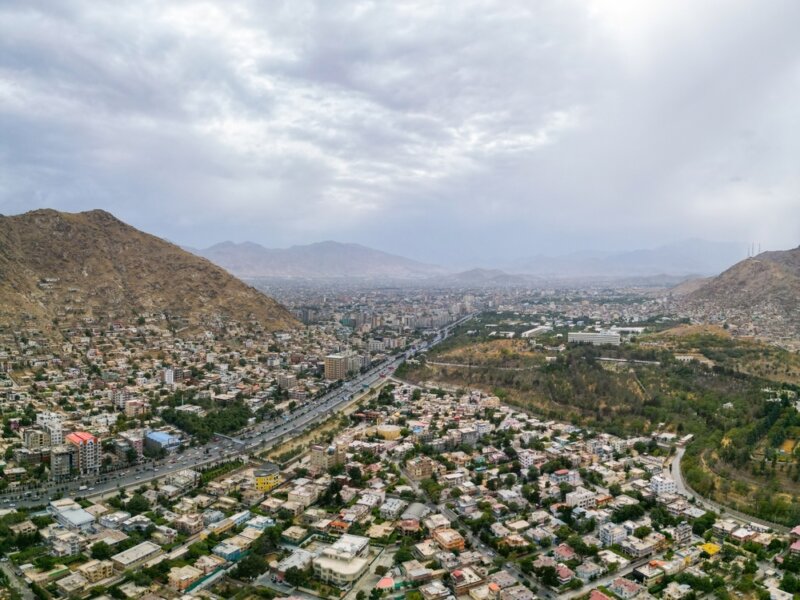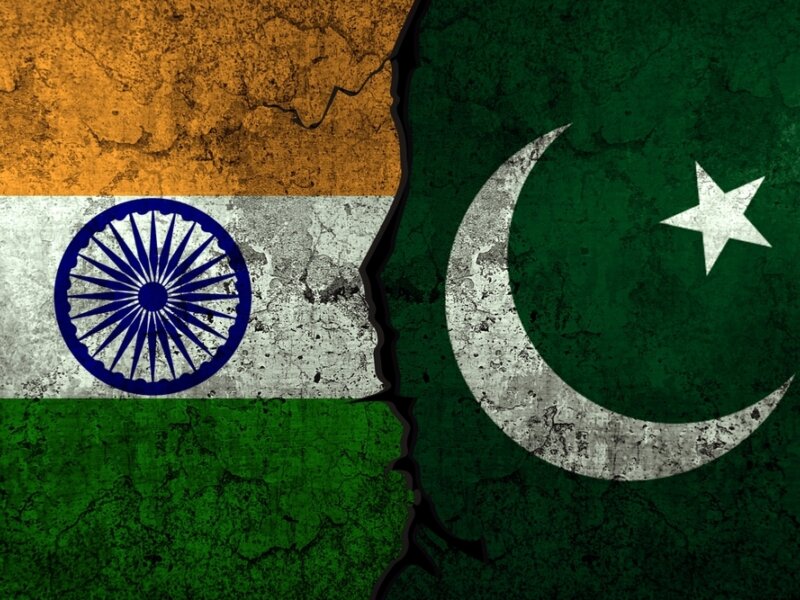Pakistan, i rischi della minaccia del terrorismo
Il terrorismo che affligge il Pakistan é di tipo endemico. Visto che la sua strategia, differentemente da quella classica, invece che liquidare l’avversario d’un colpo punta ad annientarlo stremandolo.

Il terrorismo che affligge il Pakistan é di tipo endemico. Visto che la sua strategia, differentemente da quella classica, invece che liquidare l’avversario d’un colpo punta ad annientarlo stremandolo. Una linea di azione non dissimile dal decorso clinico delle patologie endemiche, che indeboliscono i malati fino a condurli ad patres, come dicevano i latini, alternando fasi di regresso a subitanei, violenti picchi di crisi.
Questo pericoloso su e giù del terrorismo pakistano é stato di recente segnalato dall’articolo After lull in March, militant attacks rise by 38% in April pubblicato sul quotidiano Pakistan Today di giovedì 2 maggio. Che nell'occasione, sulla scorta del report April 2024: Surge in Militant Attacks, Moderate Human Impact vs. March - elaborato dal Pakistan Institute for Conflict and Security Studies (PICSS) di Islamabad - scriveva: “The country experienced at least 77 verifiable militant attacks during April. In comparison March saw 56 militant attacks [...] This indicates a38per cent increase in the number of militant attacks [...] The report further highlighted that 73 per cent of the total militant attacks reported in April occurred in Khyber Pakhtunkhwa province particularly in its southern districts”
Per ironia della sorte, quasi nelle stesse ore in cui il pezzo di Pakistan Today andava in stampa, un lancio d’ agenzia rendeva noto che: “Three terrorists involved in various terrorists activities, including the kidnapping of the District and Session Judge Shakirullah Marwat stationed in South Waziristan, were killed in district Tank on Thursday May 1fst”
Per il lettore che non avesse dimestichezza con la complicata geografia del Pakistan è forse utile ricordare che le provincie del Khyber Pakhtunkhwa (un tempo North West Province), del Waziristan e del Belucistan, in cui si muovono i diversi gruppi dell’assai variegata galassia terrorista, sono tutte dislocate a ridosso della dorsale montagnosa che da nord a sud accompagna il confine pakistano con l’Afghanistan fino ad incrociare quello dell’Iran.
Proprio in queste sperdute e non proprio accoglienti alture che - segnalava lo scorso febbraio il giornalista pakistano Zafar Khan Safdar nell’articolo The threat on the western border-: “Pakistan saw over 2867 fatalities in terrorist attacks in 2023, a 50 per cent increase from 2021 and thrice the number in 2020. This surge in violence along western borders has raised concerns about the Tehreek Taliban Pakistan, based in Afghanistan, carrying out attacks on Pakistan. The group has historical links to the Afghan Taliban and al-Qaeda. “
Prima di procedere oltre e, soprattutto, per gettare un pò di luce sulle origini storiche del diffuso ribellismo da sempre di casa in questi territori facciamo ricorso ad passo dall’ultimo lavoro Midnight’s Border della giovane studiosa indiana Suchitra Vijayan: “In 1893 Sir Mortimer Durand and Emir Abdur Rahman Khan signed the agreement, a single page, that created the Durand Line between Afghanistan and British India[...] The Durand Line cuts through the Pashtun tribal areas and Pakistan’s southwestern province of Balochistan, politically dividing Pashtuns , Baloch and other ethnic groups [...] Pakistan inherited the line in 1947 following its independence".
Per il Pakistan il terrorismo con cui é chiamato a fare i conti rappresenta un problema che va ben al di là dell’ordine pubblico. Infatti, la sua endemicità rischia di rappresentare una componente strutturale della crisi da cui questo paese fatica ad uscire.
Basta leggere quanto riportato sulle pagine della rubrica South Brief di Foreign Policy del marzo scorso: “On Monday 18th Pakistan security forces conducted anti-terrorism operations on the heels of an attack at a military post in North Waziristan. It is the latest of many assaults against Pakistani soldiers and police [but[ unlike Pakistan’s brief cross-border crisis with Iran in January, the situation on the border with Afghanistan won’t fade away. The new government in Islamabad, already struggling with severe economic stress and public anger about the controversial Feb. 9 election, must now grapple with a crisis it can’t afford”.
Una verità purtroppo confermata dal fatto che solo pochi giorni dopo l’ incursione dei militari di Islamabad contro i terroristi del Waziristan, grazie ai corrispondenti della CNN Sophia Saifi e Nectar Gan si veniva a sapere che : “On Tuesday 26th of March five Chinese workers and their local driver were killed in a suicide bomb blast in northwest Pakistan the latest in a string of terror attack aims to disrupt Islamabad's close ties with Beijing[...] The blast Tuesday follows two militant attacks in rescind days in southwest Pakistan where China is investing billions in infrastructure projects”.



